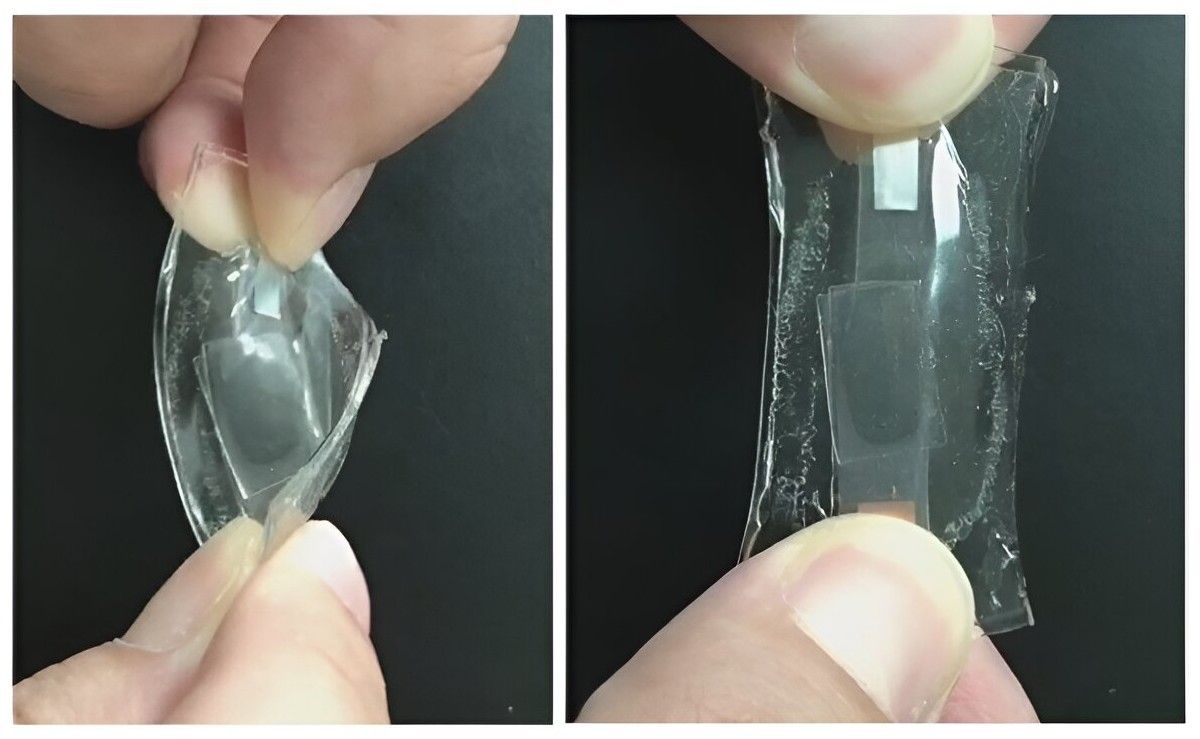This flexible battery stretches to 5000% and exhibits remarkable capabilities
Published by Cédric,
Article author: Cédric DEPOND
Source: ACS Energy Letters
Other Languages: FR, DE, ES, PT
Article author: Cédric DEPOND
Source: ACS Energy Letters
Other Languages: FR, DE, ES, PT
Follow us on Google News (click on ☆)
A new generation of batteries could meet these needs by combining flexibility with performance.

Historically, batteries were designed to provide stable energy in rigid housings, suitable for stationary devices. However, with the rise of wearable technologies, these batteries must now be able to bend, stretch, and adapt to the movements of the human body.
The initial attempts to develop stretchable batteries encountered many obstacles, including limited elasticity and often insufficient energy storage capacity. Researchers then sought solutions to improve these devices while maintaining their energy efficiency.
Traditional batteries often consist of liquid electrolytes and rigid components, posing challenges when trying to make them stretchable. Proposed solutions so far have often involved using woven materials or foldable structures, but these approaches had significant limitations. Among the main difficulties were the instability of liquid electrolytes that move when the battery changes shape, and the poor connection between the different layers of the battery.
Recently, significant progress has been made by Wen-Yong Lai and his team, who developed a fully stretchable lithium-ion battery. This new battery stands out for its composition: a solid electrolyte integrated into a polymer layer, itself sandwiched between two flexible electrode films. This structure allows the battery to stretch up to 5000% of its original length while efficiently carrying the lithium ions necessary for energy production. The materials used, such as polydimethylsiloxane, provide remarkable flexibility while maintaining the battery's performance.
Tests conducted on this new battery show promising results. Compared to a battery using a traditional liquid electrolyte, the stretchable version offers an average charging capacity about six times higher at a fast charge rate. Additionally, this battery maintained a stable capacity over 67 charge and discharge cycles, representing a significant advancement over previous prototypes. These performances pave the way for wider use of these batteries in wearable and medical devices.
Despite these advancements, challenges remain. The long-term stability and durability of these batteries still require improvements to ensure their use in real-world conditions. However, this innovation marks an important step in the development of more efficient portable technologies that meet users' needs. With further research, these batteries could well become the norm in the coming years, transforming the landscape of portable technologies.